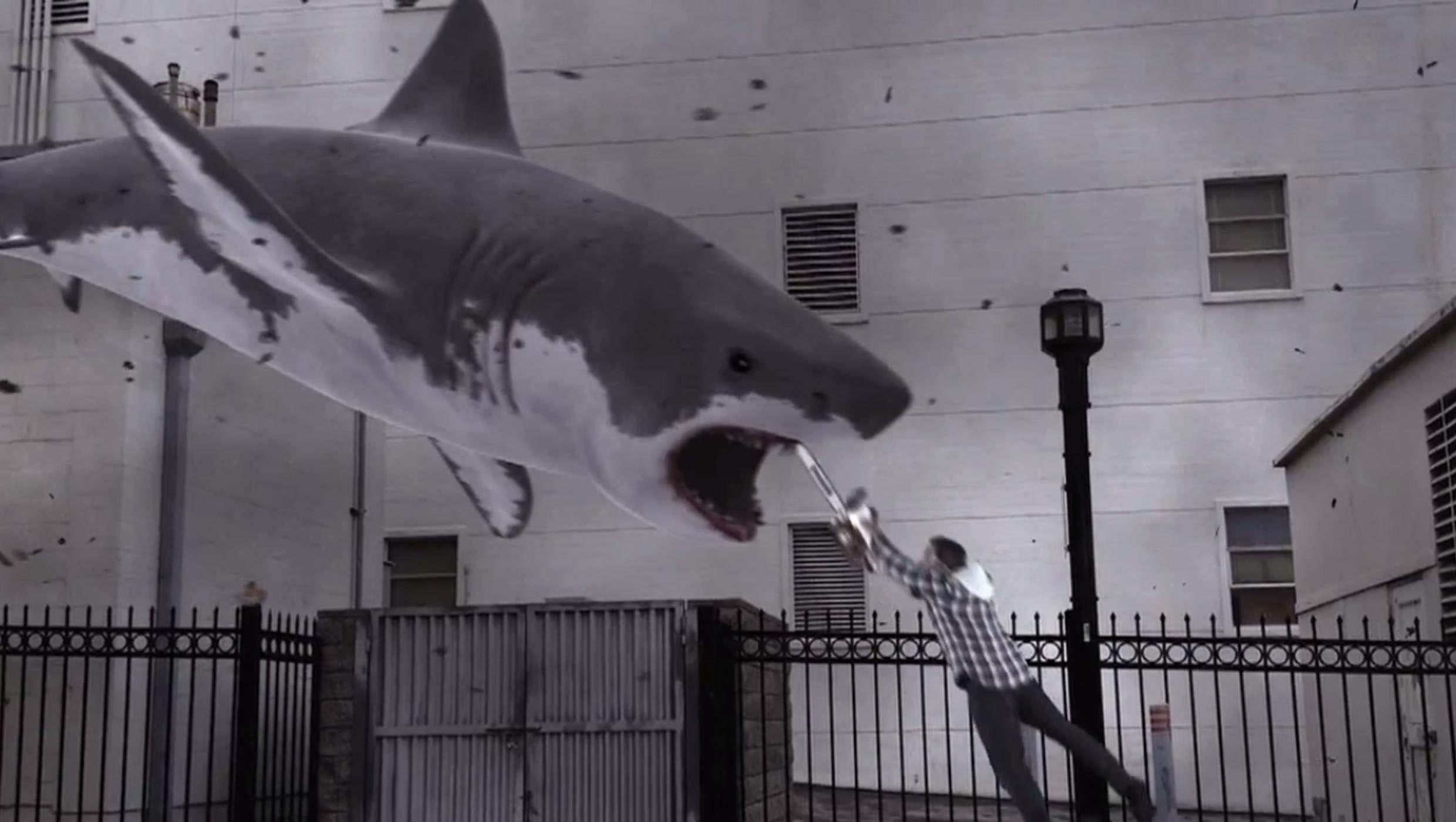Create a free profile to get unlimited access to exclusive videos, sweepstakes, and more!
Walking sharks are creeping around, and it’s weirder than a Sharknado plot twist

Because a tornado full of ravenous sharks obviously isn’t a bizarre enough way to get them on land, some sharks have evolved to walk. For real.
Sharknado and other horror movies starring monster sharks and human bait still don’t come close to a phenomenon stranger than science fiction. Hemiscyllum is now officially the newest phylum of sharks on Earth (9 million years old is pretty new when it comes to things like this), and they been able to adapt their fins to double as proto-legs when the tide gets too low. Walking fish like the mudskipper have already been a known thing for a while now, but sharks?
“These unique features are not shared with their closest relatives the bamboo sharks or more distant relatives in the carpet shark order including wobbegongs and whale sharks,” said Christine Dudgeon, a research fellow of The University of Queensland’s School of Biomedical Sciences who recently published a study in Marine and Freshwater Research.
Sharks have been previously observed flap-walking near the shore. It wasn’t unheard of, though still unusual — but this is the first time all known sharks exhibiting this behavior have been classified into their own phylum. Only five were thought to exist, until scientists just discovered four new species, which have almost doubled the number of sharks thought to belong to Hemiscyllum. Even weirder is that new species are supposedly still emerging in this phylum (more on that later). More of these unusual creatures may surface in the future.
Hemiscyllum species like the epaulette shark aren’t monsters with mouths full of knives. They are about a foot or two in length, don’t eat things much bigger than a snail, and live in the shallows around New Guinea and northern Australia. Unlike most of their prey, they can tolerate low oxygen levels and use their fins to literally walk over to small fish, crustaceans, and mollusks stranded on the reef at low tide. Anything that can’t get away fast enough is going to become dinner.
How did these sharks even evolve to waddle on land in the first place? The answer to that was lurking in their DNA. Dudgeon and her team closely studied the sharks’ mitochondrial DNA or mDNA, which is passed down exclusively through the maternal side and carries the code for mitochondria, which create energy for cells from incoming nutrients and oxygen. DNA sequencing helped the researchers find out how the walking shark species were related and what genes they share with other sharks. Hemiscyllum was found to have separated from their closest ancestors 9 million years ago —nothing compared to the 450 million years that sharks have been around.
“Data suggests the new species evolved after the sharks moved away from their original population, became genetically isolated in new areas, and developed into new species,” Dudgeon said. “They may have moved by swimming or walking on their fins, but it’s also possible they ‘hitched’ a ride on reefs moving westward across the top of New Guinea, about two million years ago."
This can also explain how and why speciation is thought to be still happening within Hemiscyllum. Isolation of one population of a species may result in that species adapting to very specific surroundings and eventually evolving into a separate species altogether, which is what happened with many types of birds found on the Galapagos islands. As sea levels fluctuate and tectonic plates shift, adaptations may be made by one population that are not made by another. These sharks also tend to live out their lives in the reefs they were born in, so there is no telling how much one population may differentiate itself from the others.
So humans don’t need to plan for doomsday anytime soon. Another Sharknado movie in the meantime, perhaps?
(via University of Queensland)














